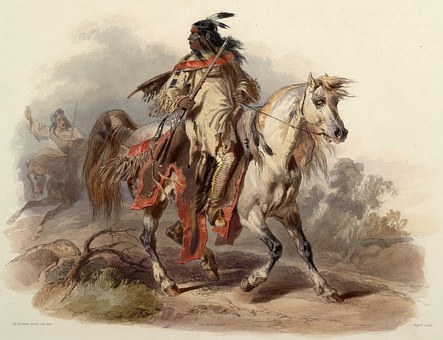Daytona Beach was once inhabited by Timucuan Indians. Disease and war wiped out the Timucuans in the 18th Century. The Seminole Indians then occupied the area now known as Daytona Beach until the 2nd Seminole War.
America was under British rule from 1763 through 1783. In fact, the “The Kings Road” actually passed through present day Daytona Beach during that time. Spain regained Florida after the American Revolution.
Then, in 1804, the Spanish Crown granted a man named Samuel Williams 3,000 acres, encompassing the area that would one day become Daytona Beach. Williams built a slave plantation that was burned down by the Seminoles during the 2nd Seminole War.
In 1871, Mathias Day, Jr. of Mansfield, Ohio, purchased a 2,144.50 acre tract of land from the former Williams plantation. Although Day fell on hard times and lost the land, residents decided to name the area Daytona and incorporated the town in 1876.
Then, in 1902, the race craze began. The wide, smooth, compacted beach in Daytona attracted auto and cycle racers from far and wide. Land speed record attempts began in 1904 when William Vanderbuilt set a record of over 92 mph. By the 1920s, Daytona was dubbed “The World’s Most Famous Beach.”
In 1926, Daytona, Daytona Beach, Kingston and Seabreeze merged into what we now call Daytona Beach. Malcolm Campbell, a well-accomplished land speed racer, set a record of over 276 mph at the end of Daytona’s land racing days in 1935. Vehicles are still permitted on most beach areas to this day, but, sadly (or not so sadly), maximum speed is now merely 10 mph.
In 1936, the first stock car race was held, and in 1958, William France, Sr. and NASCAR created Daytona International Speedway. Today, Daytona hosts various world famous events, including the Daytona 500, Coke Zero 400, Bike Week, Biketoberfest and the Turkey Run – America’s largest classic car show; and Daytona Beach is one of our country’s most popular vacation destinations.

